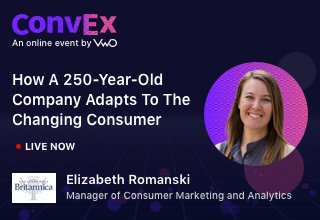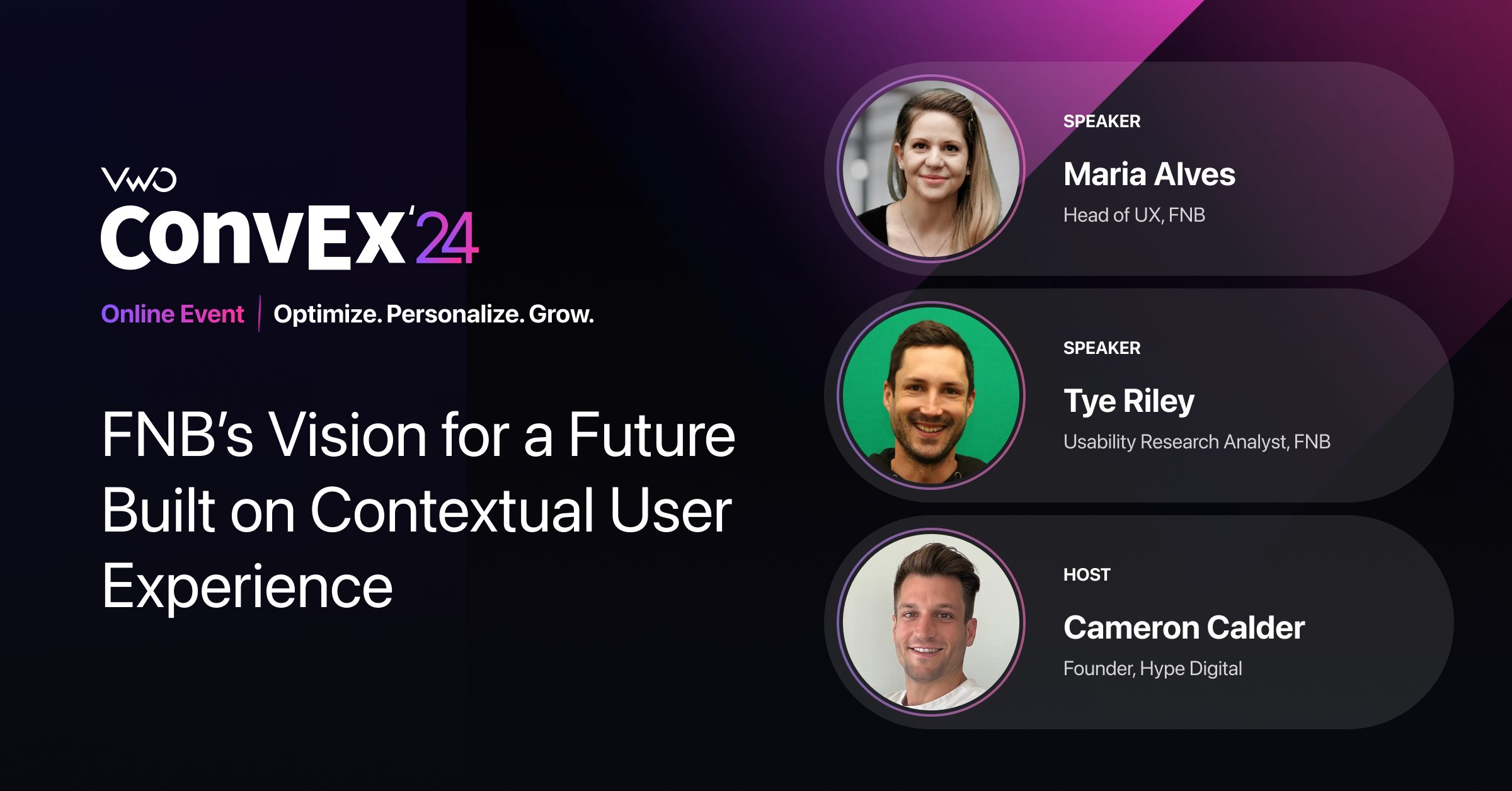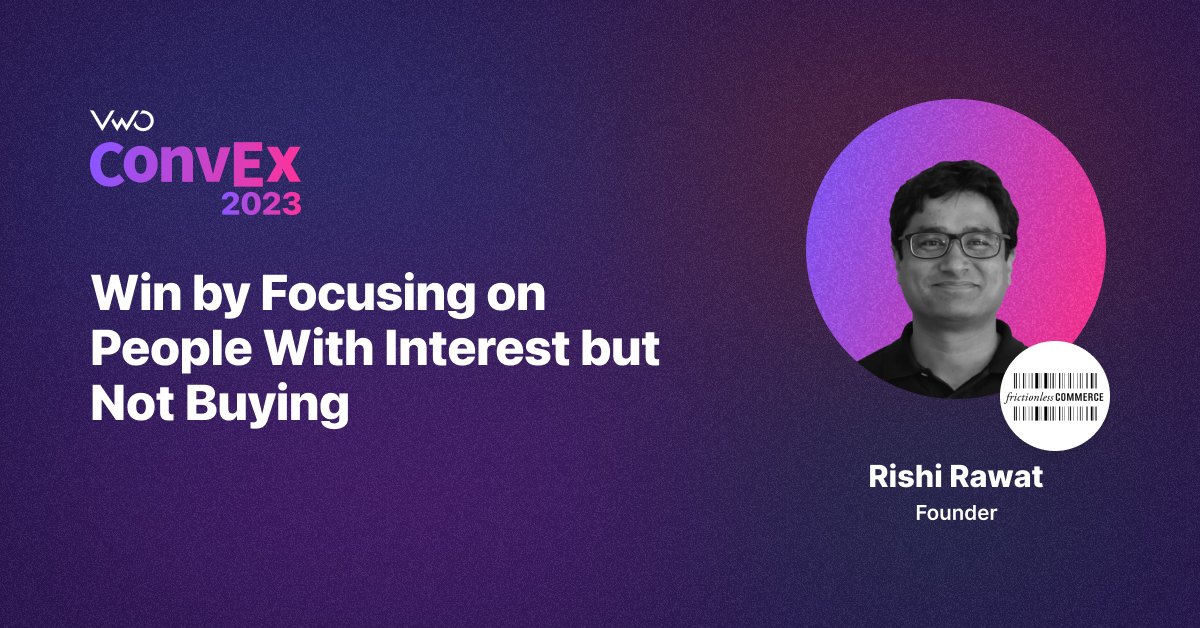How to Capture 20% More Sales in Your DTC Business
Join Gary Marx as he shares expert tactics from thousands of A/B tests to boost your DTC website's sales and attract more customers."
Summary
Gary Marx, a seasoned entrepreneur and expert in A/B testing, shares valuable insights on enhancing eCommerce sales. Drawing from his experience with August, a D2C eCommerce store, he emphasizes the importance of identifying and addressing customer pain points to boost sales. Gary outlines a dual approach: quantitative analysis to map customer journey drop-offs and qualitative research to understand customer needs. He stresses prioritizing pain points based on their value to the business and balancing effort-intensive tests with simpler, impactful ones.
Gary illustrates these strategies with practical examples from his work with August, highlighting improvements in product detail pages, social proof integration, pre-purchase upsells, and email sign-up strategies to increase conversion rates, average order value, and long-term customer value.
Key Takeaways
-
Enhance product detail pages (PDPs) with clear CTAs, pricing, and relevant information to improve conversion rates.
-
Incorporate reviews, testimonials, and publication mentions to build trust and confidence, encouraging more sales.
-
Strategically place products and cross-sell opportunities within the customer journey to increase the average order value without complicating the buying process.
Transcript
[00:00:00] Gary Marx: Welcome to ConvEx 2023. I wanted to say thank you to VWO for hosting this. This is a really fantastic opportunity for you, for us to help you grow your sales, your business and understand what you need to do to take immediate action starting today with your business.
[00:00:24] So, let’s talk about your website and how to capture 20% more sales in your eCommerce store, your D2C business.
[00:00:31] I’m Gary Marx. I run Coda Lift here. I’m a multi time entrepreneur, a former rocket scientist. I’ve been through Y Combinator. I’ve been testing for the last decade, run over 10,000 A/B tests and run for some very recognizable household brands here at the bottom.
[00:00:46] So I’m going to talk to you today a little bit about August, a D2C eCommerce store that I’ve worked with for little bit. And I’m going to show you some of the ways that I help them. And the way that is best for you to capture 20% more sales is to start by identifying the pain points.
[00:01:03] There’s two ways to do this. The first is quantitatively. The second is qualitatively.
[00:01:07] For the quantitative, you really want to map out your funnel. People come in on a landing page, they take the next step, they take the next step, they take the next step, they finish their journey, they make a purchase.
[00:01:18] That could be anything from coming to a homepage, leading to a product detail page, leading to an add to cart action, viewing things, considering making a purchase and there you go, or it could be more of a direct paid traffic funnel where you have direct to a product detail page.
[00:01:39] Something’s different on that product detail page because of the traffic it’s coming from and how do you address that? So you want to find those pain points. Those are the quantitatively taking a look at where the drop offs are. What’s worse than other areas? That will tell you something about what’s going on for the user. Now to figure out what exactly is going on for the user, go talk to your users.
[00:01:59] Hear their problems out, understand qualitatively what are they looking for and why are they not getting it on your website? This helps tremendously and then when you have those pain points, go ahead and figure out which ones are the most valuable. This is where your priority comes in.
[00:02:13] Have a system, whether it’s yours, mine, somebody else’s build it out so that you have an understanding of what’s the most valuable for your company.
[00:02:23] What do you need to drive users to do? Do you need to drive them to subscribe to your business? Do you need to drive them to buy for a big sale that’s coming up in bulk and volume?
[00:02:32] These things have trade offs that you need to decide about and you also have to understand what gets you testing, what gets you moving and balancing between large level of effort tests and things that can still move the needle but take less time and effort to do and after you figure all that out, you can start.
[00:02:48] Hit the ground running, go test, optimize, get your team together, do it yourself, figure out what the system you need for your culture. Alright, so here’s an example for a pain point that we’re going to talk about today. The cost of acquisition is too high.
[00:03:03] This is where you’re paying for traffic right now. It’s coming through, let’s say, Facebook or TikTok and it’s just, it’s not converting as high as you’d like it.
[00:03:13] So you’re paying too much for those customers. So your sales is hurting. So what can you do for this? There are three things you can do. You can look at increasing the conversion rate and the sales for a direct response capture.
[00:03:24] You can take a look at the average order value. How much are they buying? Are they buying one product? Are they buying two products? Are they buying a suite of products in a bundle?
[00:03:33] And then the lifetime value, are these customers coming back more than just this one time purchase? If so, how can you drive that?
[00:03:43] What we’re going to talk about is a few things from these today. Sales, social proof, upsells for the pre purchase, as well as nurture campaigns and how to get users to sign up.
[00:03:53] So again, I mentioned we’re going to talk about August today. This is a client I’ve increased their conversion rate site wide by over 20%. We’ve driven thousands of incremental purchases with the same traffic. So when you think of cost of acquisition, that gets better with more purchases and the same traffic.
[00:04:10] So, let’s get started.
[00:04:13] All right. First part is increasing the conversion rate, generating better sales. So we’re going to talk about two things we did for them, increasing their PDP sales, their better PDP and adding social proof to the homepage.
[00:04:26] This is what their product detail page was when we started. It’s a long forms sales page and what are some things that strike you when you look at this page that stand out?
[00:04:41] For me, the CTAs are above the fold but it’s kind of hidden. It’s in the hero but you’re not sure what you’re getting.
[00:04:49] So combine that with an unclear product offer. You don’t know the price. Why would you buy now? The customer is unsure what’s in it for them and when you take a look at the way that customers act, a lot of customers don’t scroll.
[00:05:04] If you take a look at heatmap behaviors, you’re up to 80% of users left as right below the hero section normally. And that drops off to 50% almost immediately.
[00:05:19] So you keep losing customers on and on as it goes down. So the further down the page you have call to actions and details that the customer needs to see, the worse your conversion rate is going.
[00:05:29] So what did we do? We took a look at a modern PDP and this took us two tries to get actually. The first time, we didn’t include all these benefit bumps that you see below, these five here. And we didn’t include some of the details that we had here and the statements and the ratings. It was more of a if we just get the standard, here’s the product, here’s the add to cart, and so the customer understands what they’re getting and we can start with a lifestyle image, it didn’t do better than the long form.
[00:05:58] So we had to spice it up a little bit, get the information from users qualitatively and understand the benefits they cared about and then figure out the bundling and the offer.
[00:06:08] You’ll also notice below the hero, they have the bundle option here. We added that right in there so that we could trigger it automatically on page load to start with it and would change the image or not stay with the control there.
[00:06:22] The win on this? Almost 10% increase in revenue for them. I think that’ll help their cost of acquisition.
[00:06:29] Something similar or different on the homepage rather. Here is their something different on the homepage. This is during the holiday season. This is their hero carousel. They switch out the first product or the first image on the carousel and it’s a wonderful, wonderful family image.
[00:06:48] It’s a lifestyle image. It’s not that the image is wrong, it’s the content right below is immediately focusing on sales and what we found for them, this lack of social proof benefits or other sales content was hurting the customer’s confidence and trust to buy it.
[00:07:06] It really is a great homepage, so we just need to do something small. This is more on the simpler end, where the last one was a full redesign. Here we added some social proof through where they’ve been reviewed.
[00:07:19] Here’s social proof from where they were viewed in major sites that are recognized by the customers that are looking for their website or their product. So this drove an extra 5% in revenue, had people clicking on the buy now CTA and engaging at a very wonderful lift 12% there.
[00:07:44] So, by increasing the trust through social proof, you can drive more sales. All right, so let’s go. We’ve just spoken about driving more sales. Now let’s increase the value of each of those sales and one way to do this is through a pre purchase upsell.
[00:08:00] There’s many ways to tackle these, especially in eCommerce and in Shopify. There are tons of apps.
[00:08:05] For August, they have an inline shopping cart. So when you click on their page, this is what you see. The rest of it blurs out to the left and it was very simple. Okay. No hurdles for the customer. You can proceed to check out right away.
[00:08:19] There’s some payment options and whatnot. Now, if you notice at the bottom, they have complete your smart home but it’s below the fold in a lot of cases.
[00:08:27] I’m on a 13 inch monitor here. This is about the size it was and you had to scroll down. Most people didn’t scroll down and see it. So, there’s no pre purchase upsells visible, there’s no make a bundle and save prompt for them and for the user, if they’re going to add more to this, it requires them to take extra steps, close the cart, which is abandoning it and go back and look at the website.
[00:08:49] And once you close the cart out, you can abandon the whole site much easier because you forget about it. So what did we do? We took the area below the complete your smart home. We moved it up and then we proceed to checkout button and we anchored it to the bottom. So that if the user were to scroll, if there was more shown, they always have that insight. And what did this do? An increase the average order value 17% to over $200 and when you take a look at the cost of their product, that’s pretty significant for them.
[00:09:21] So again, this is a great way for you to figure out how to decrease your cost of acquisition through increasing the average order value.
[00:09:29] The real big key for this is understanding which products pair nicely with the product that’s in the cart. If you’re not sure where to start, start with your best sellers underneath.
[00:09:39] Start with things that aren’t competitive to what the primary item that they’re going to buy is. Or consider something small.
[00:09:48] When you’re going through a convenience store, grocery store or you’re in person and you’re at the checkout line and there’s these little add ons.
[00:09:54] This is the perfect place to add something like that and this isn’t a $1, $2 bar of candy. But you can think of it in the same kind of way. Does what you’re buying enhance the product or the customer experience that they’re like, Oh yeah, I’ll grab that. Alright.
[00:10:11] And lastly, we’re going to talk about ways to drive more users to sign up for your emails and this will increase the long term value of customers so you can bring them back more and more. So this is the footer of their homepage. Now I did mention that a lot of people do not scroll down earlier on the homepage.
[00:10:28] But for the people that do scroll down all the way, they’re a very interested cohort, where they love what you’re making, they’re trying to find more information about it, they’re trying to find a reason.
[00:10:39] Essentially, they’re almost sold. They just have to find the right fit, the right price, the right emotion to connect them. And sometimes it doesn’t happen on that first visit. So driving them to connect, we needed to increase that so that they’d see the nurture campaigns, they’d see more emails. So what’s wrong with this?
[00:10:57] Yeah, it’s in the footer but we can move past that. The problem I think that was most with this is that it blended into the footer and there was a lot of distraction around it because you had the social media icons right next to it.
[00:11:10] So, we wanted this section to do one thing, just drive people to sign up for the email and get nurtured when they will purchase. And so what did we do? We took a lifestyle image of somebody installing it because that seemed to be a major qualitative point of hesitance for a lot of buyers.
[00:11:28] Is this easy to install and click on? And kept the copy, kept the format, kept the CTA but simplified it by removing the social media icons. And this had a huge increase with hundreds of more emails per month and almost 70% lift in email capture.
[00:11:48] So this is something if you’re aren’t doing already, go ahead and do pull the email capture out and make it a single, full banner to really drive users to sign up for your emails and nurture campaigns.
[00:12:02] All right. So to recap what we did here, focus on your product detail page, focus on where your customers are buying, and make sure that it’s converting and that’ll help you drive more sales.
[00:12:14] This could be a special landing page as well. This could be your homepage if you’re selling off the homepage but find that pain point where customers are deciding to buy which is normally the product detail page and really dive in on the area above the fold and focus on what a customer needs to make that buy decision.
[00:12:32] Next, increase the trust, add social proof, add reviews, publications, quotes, whatever you need to do, customer testimonials, that resonates qualitatively with your customers and drives the trust. You’ll see that trust is engaged by them buying more and lastly, increase the average order value by capitalizing the placement of your product.
[00:12:53] I’m not talking about product placement like you see in movies but you can kind of think of it that way. Make it fun, make it exciting, make sure in the primary user journey you’re adding something for them to see that they do not have to go around hunting for, that they wouldn’t know if they didn’t go around and hunt.
[00:13:10] You want to keep it simple for them. So promote, cross sell, do what you need to do in order to get your products in front of your customers.
[00:13:21] And with that, I want to say thank you again to VWO. If any of you guys have any questions, feel free to reach out to me. Gary@Codalift.com. That’s Codalift.com. All right. Thank you very much and good luck.
Speaker
Gary Marx
Founder & CEO, CodaLift LLC



